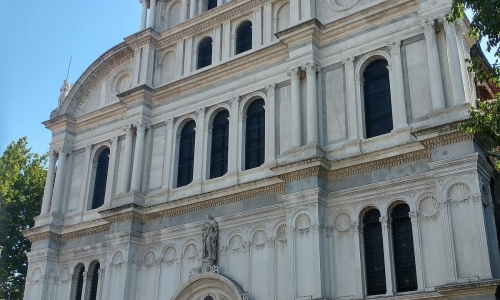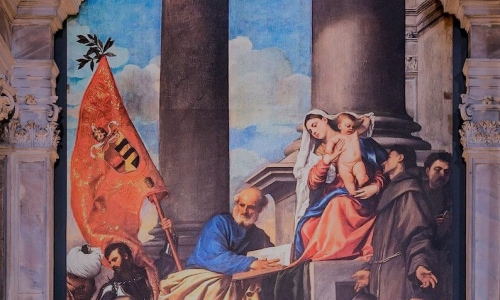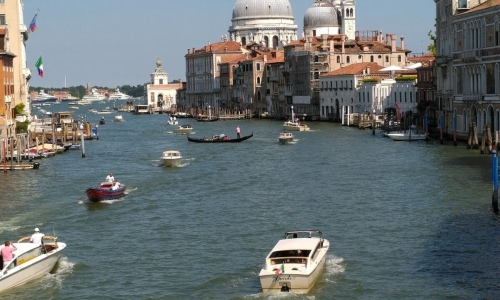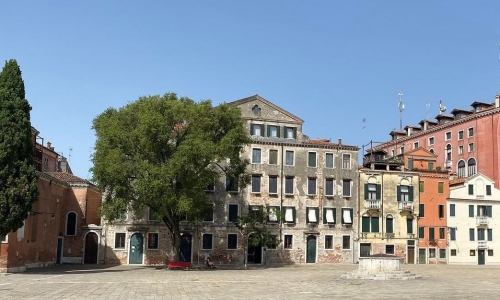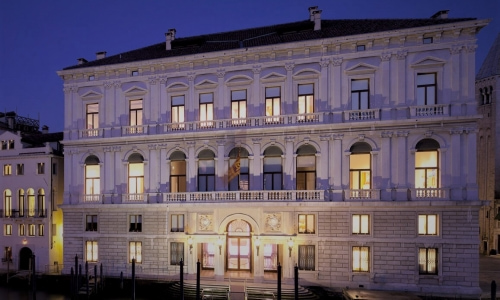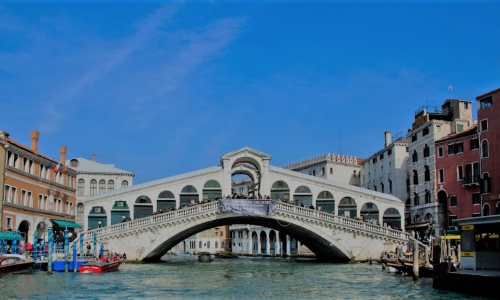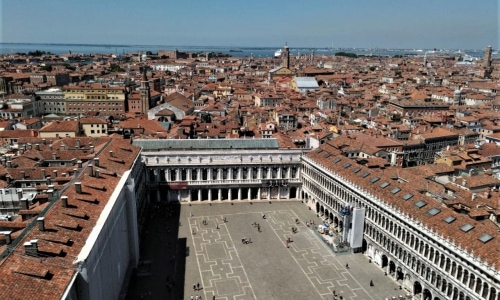Rialto Market
Amid the winding canals, Renaissance architecture, and timeless romance of Venice lies a place where the city still pulses with local life — the Rialto Market. Nestled beside the Grand Canal and just steps away from the famed Rialto Bridge, this bustling open-air market has been feeding Venetians and seducing travelers for centuries.
The Rialto Market is not just a shopping destination — it's a window into the everyday rhythms of Venetian life, a feast for the senses, and a link to a rich history that stretches back more than a millennium.
A Market with Deep Roots
The origins of the Rialto Market date back to the 11th century, when the Rialto area became Venice’s commercial heart. As the city grew into a maritime powerhouse, this area became a hub for traders from around the Mediterranean, selling exotic spices, silk, and all manner of foodstuffs brought in on merchant ships.
By the 16th century, the market had settled into its current form: a dedicated place for fishmongers, grocers, and vendors — all organized under a formal structure and protected by the Venetian Republic. Today, it remains one of the most authentic and lively spaces in the city.
Where Is the Rialto Market?
The market is located in the San Polo district, just west of the Rialto Bridge, along the Grand Canal. It comprises two main sections: Campo della Pescheria (Fish Market) – housed in a Neo-Gothic loggia, this is where the freshest catch of the day arrives. Erberia and Fruiteria – the fruit and vegetable stalls that line the square nearby, often overflowing with seasonal produce, herbs, and spices.
If you're coming from San Marco, it's just a short walk across the bridge. Early morning is the best time to visit — when the market is in full swing and Venice’s culinary soul is on display.
A Feast for the Senses
The Fish Market (Pescheria)
Enter the Pescheria and you’re immediately greeted by the sound of vendors shouting the day’s specials, the smell of the sea, and the shimmering sight of silver-scaled fish laid out on crushed ice.
Here, you'll find: Scampi, branzino, and orata Sarde (sardines) for traditional sarde in saor Cuttlefish with their prized black ink (nero di seppia) Soft-shell crabs (moeche) in spring Massive tuna, squid, octopus, and shellfish
All of it is caught fresh in the Venetian lagoon or the nearby Adriatic, making this a vital supply stop for both home cooks and professional chefs in the city.
Fruit & Vegetable Market
The Erberia overflows with vibrant colors — artichokes from the island of Sant’Erasmo, baskets of cherry tomatoes, fragrant basil, purple radicchio, and wild herbs.
Depending on the season, you might also see: Zucchini blossoms, perfect for frying White asparagus in spring Blood oranges from Sicily in winter Fresh figs, peaches, and plums in late summer
There’s a strong emphasis on seasonality and local sourcing, reflecting the Venetian way of eating: fresh, regional, and simple.
Not Just a Tourist Stop
While the Rialto Market draws thousands of visitors each week, it’s far from a tourist trap. This is a place where locals still shop daily, and where you’ll see chefs with rolling carts picking out ingredients for their trattorie and osterie.
Yes, the market is photogenic — with its crimson awnings, tiled arcades, and produce bursting with color — but its core remains practical, dynamic, and authentically Venetian.
Tips for Visiting the Rialto Market Arrive early – By 7:00–8:00 AM, the market is in full swing. By early afternoon, many stalls begin closing. Closed on Sundays and Mondays – The fish market is shut, though some produce vendors may still open on Mondays. Ask permission before photographing – Most vendors are friendly, but a little courtesy goes a long way. Don’t touch the produce – In Italy, vendors usually select and hand the produce to you. Bring cash – Most stalls don’t take cards, especially the smaller ones.
Rialto Market location map:



